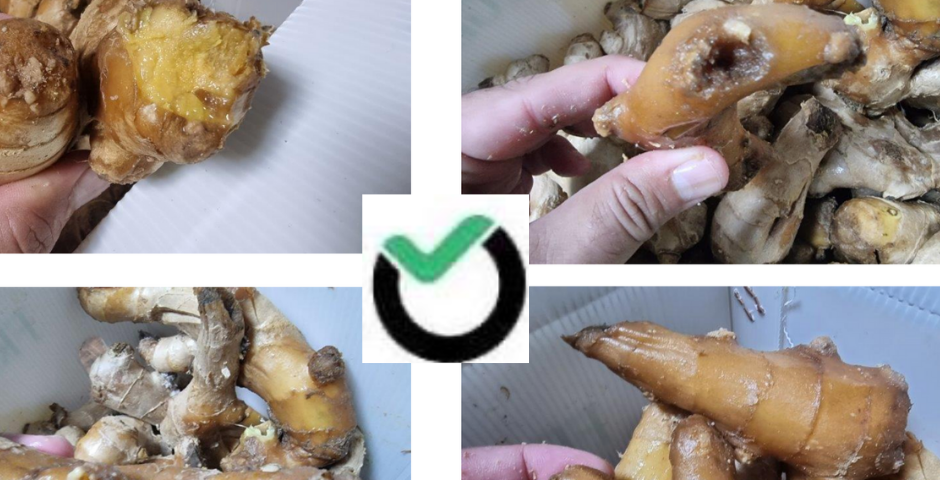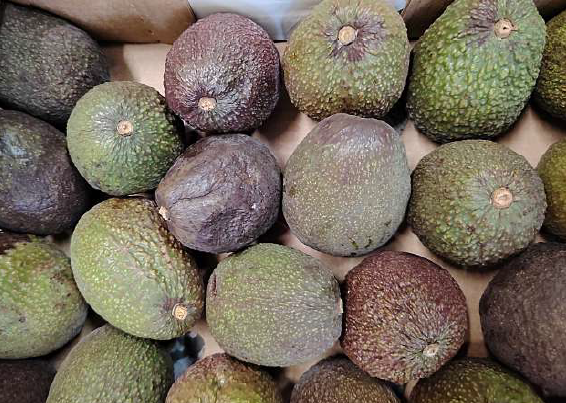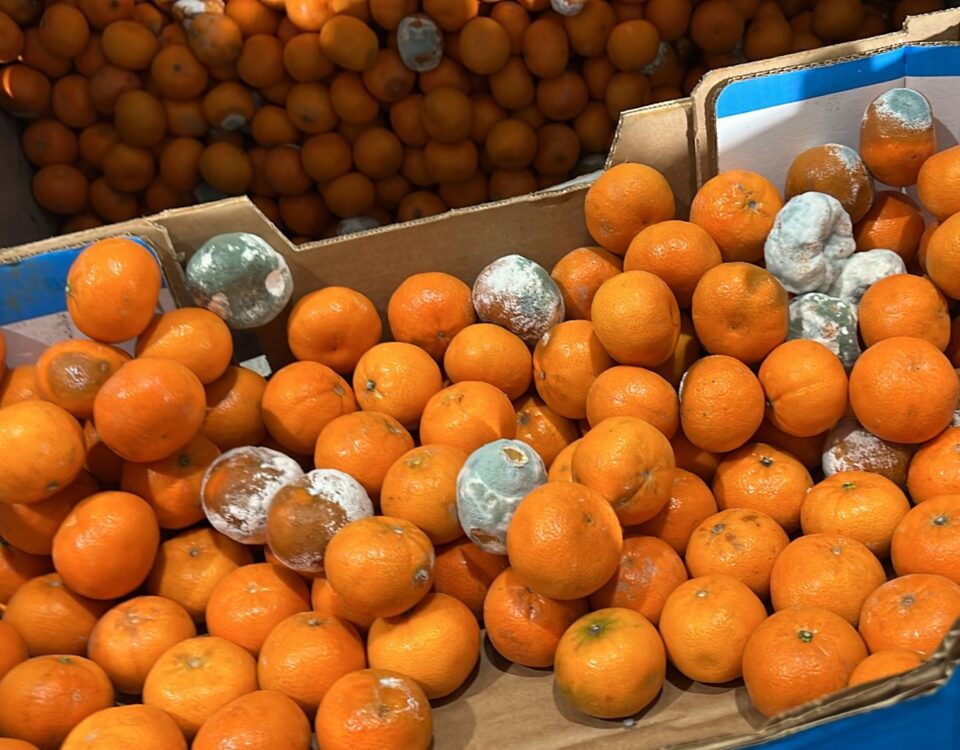‘Hot-stuffing’ sounds like a christmas treat – but in reality, it could be an expensive mistake!

The #1 mistake I see people make with eggs exports.
April 18, 2022
What have you got to lose if a service is free?
April 22, 2022Don’t hot-load your cargo!
Any cargo claim will be dismissed by the carrier if you have ‘hot-loaded’ or ‘hot-stuffed’ your cargo.
All that work you have done, time and money invested which sees you now at the last hurdle, closing the container doors to export and recouping your hard-earned rewards.
BUT! Your cargo has badly perished during transit and you look to blame the carrier only to find out it is your own fault for ‘hot-loading.’
Your crisp fruit and veg is soggy and mouldy and your profits will end up in the rubbish with them. HOW did that happen?
- Reefer containers are designed to maintain a temperature
- The reefer can bring temperatures down to the designated temperature, but this is not the primary function and shouldn’t be abused for this
- There is a possibility that ‘warm’ cargo can have an overall dramatic effect on the recycled delivery air as it re-circulates making the overall temperature warmer than it should be
- The refrigeration machinery cannot sufficiently cool down the ‘warm’ air because it IS NOT its primary function to
- The temperature therefore remains warmer than it should be having a dramatic effect on your cargo and on your profit.
- In this event, the tracking pattern on the chart or logger will show a temperature higher than that of the temperature control setting.
If you inadvertently hot-stuffed your cargo, the refrigeration unit will cool down the surface layer of the cargo relatively quickly (within days). However, the centre of your precious cargo will not reach the desired temperature for a considerable period of time. This is a problem!
Meaning that when your cargo reaches its destination, it is unsellable.
The objective is to receive and deliver the cargo at the carriage temperature recommendation
If you know you did everything correctly and at the correct temperatures, you MUST be able to prove this!
Take evidence of cargo stuffing at the origin.
- The pulp temperatures of chilled fruit and vegetable cargoes and core temperatures of frozen cargo must always be measured, where possible, before a reefer unit is stuffed.
- Fruit and vegetables should also be checked for pre-cooling damage, mould, wilt, dehydration, shrivel, discolouration, soft spots, skin break and slip, bruising, chill damage and odour.
- Frozen cargoes should be checked for dehydration, desiccation, fluid migration, odours, black spot, colour and flavour changes, and should also be examined for signs of any upward temperature deviation and subsequent re-freezing.
- Cartons, trays and other packaging should be scrutinised in respect of their suitability to protect the cargo during a long sea transit.
And remember, ‘hot-stuffing’ isn’t just for Christmas!



